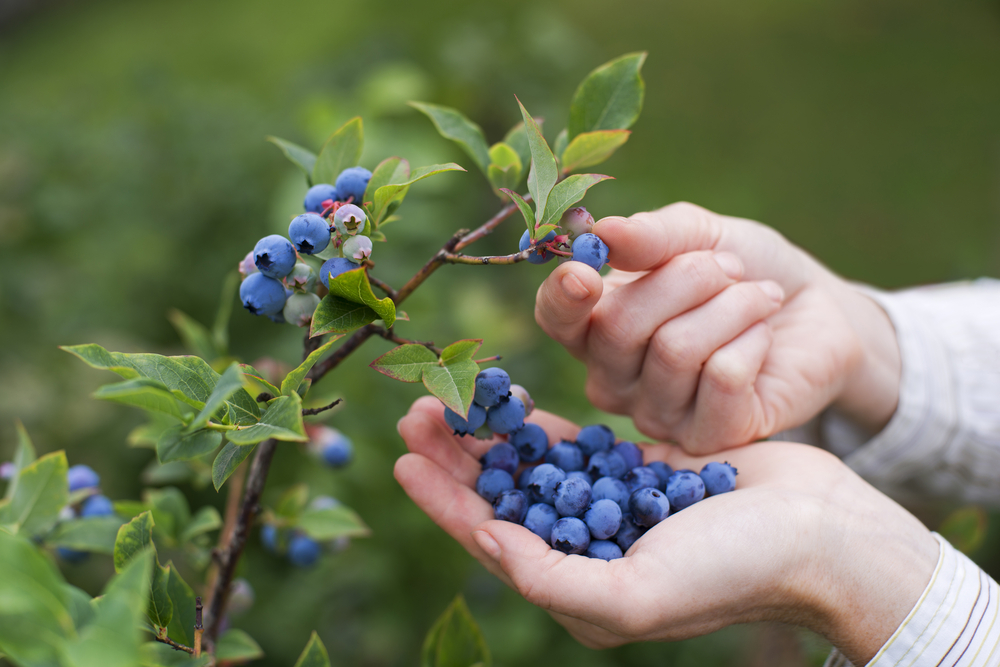
TORONTO — Whether they’re cultivated or wild, juicy Canadian-grown blueberries are in stores now.
With more than $1 billion in sales in the past five years, Canada is the third largest national producer of sweet highbush blueberries in the world.
A hot dry summer in B.C. — which produces the lion’s share of the fruit in this country, with more than 800 growers in the province — has meant the crop is farther ahead than usual.
While they’re generally harvested until the first week of October, “we’re going to be lucky if we go to the first week of September this year,” says Debbie Etsell, executive director for the British Columbia Blueberry Council.
Meanwhile, on the East Coast, the harsh winter delayed the start of the wild blueberry harvest by about a week.
“The harvest is a race with winter,” says Peter Rideout, executive director of the Wild Blueberry Producers Association of Nova Scotia.
“The fruit won’t stand any frost at all on the vine so even though most of them go in the freezer as soon as we harvest them, they won’t stand any freezings. If we happen to get an early September frost that would be a concern on fruit that hasn’t been harvested.”
There are two basic types of blueberries. Highbush, or cultivated, bear larger berries. Lowbush, or wild, are smaller.
The highbush plant was derived about a century ago by Elizabeth Coleman White, a New Jersey woman who teamed with botanist Frederick Coville to domesticate the wild blueberry plant.
Wild blueberries grow across the northeastern continent up into the boreal forest, with the commercial highbush crop coming mainly from B.C., the Maritimes, Quebec and Maine, says Rideout. A small amount come from Newfoundland and Labrador and northern Ontario.
Look for fairly firm, sweet-smelling berries with no signs of mould or mildew and no crushed berries in the box, Foodland Ontario advises.
Store them loosely covered in their clamshell containers or transfer to a self-sealing plastic bag and refrigerate or freeze.
Take out what you need and wash just before use. Blueberries have a natural bloom — a silvery sheen — which is nature’s protection. If you wash it off before storage, the berries won’t keep as long, Etsell says.
About 90 per cent of the wild blueberry crop is frozen within 24 hours of harvest, which involves laborious hand raking and separating the berries from twigs and leaves.
“We put everything in the freezer quick as we can at harvest time and then afterwards when things quiet down a bit a lot of that frozen fruit will be transformed into dried fruit or fruit puree or preparations for dairy product,” such as yogurt and ice cream, Rideout says.
Both wild and fresh blueberries are packaged frozen for sale throughout the year in grocery stores.
The U.S. and Japan are big export markets for both wild and cultivated Canadian blueberries.